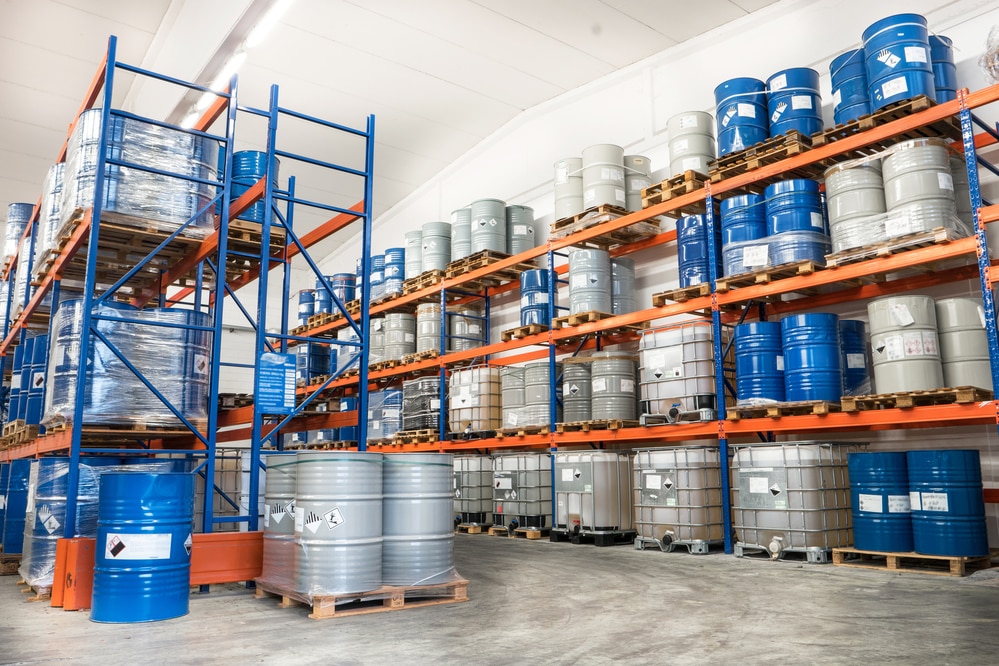Biological Hazards in a Lab: Understanding the Risks and Mitigating Them

Laboratories are essential for scientific research and experimentation. However, they can also pose significant risks to the health and safety of those who work in them. One of the most significant hazards in a lab is biological hazards. These hazards can come in many forms, including bacteria, viruses, fungi, and other microorganisms. In this article, we will explore the different types of biological hazards in a lab, the risks they pose, and how to mitigate them.
Types of Biological Hazards in a Lab
- Bacteria: Bacteria are single-celled microorganisms that can cause infections and diseases. They are present in many different environments, including soil, water, and air. In a lab, bacteria can be found in cultures, samples, and other materials.
- Viruses: Viruses are tiny infectious agents that can cause a range of diseases, from the common cold to more severe illnesses like HIV and Ebola. In a lab, viruses can be found in cultures, samples, and other materials.
- Fungi: Fungi are a diverse group of organisms that include yeasts, molds, and mushrooms. They can cause infections and diseases in humans and animals. In a lab, fungi can be found in cultures, samples, and other materials.
- Parasites: Parasites are organisms that live on or inside other organisms and can cause diseases. They can be found in many different environments, including soil, water, and animals. In a lab, parasites can be found in cultures, samples, and other materials.
Risks of Biological Hazards in a Lab
The risks of biological hazards in a lab can be significant. Exposure to these hazards can lead to infections, diseases, and other health problems. Some of the risks associated with biological hazards in a lab include:
- Infections: Exposure to bacteria, viruses, fungi, and parasites can lead to infections. These infections can range from mild to severe and can be life-threatening in some cases.
- Allergic reactions: Some people may be allergic to certain types of biological hazards, such as mold or pollen. Exposure to these hazards can lead to allergic reactions, which can range from mild to severe.
- Contamination: Biological hazards can contaminate equipment, surfaces, and other materials in a lab. This contamination can lead to the spread of infections and diseases.
Mitigating Biological Hazards in a Lab
To mitigate the risks associated with biological hazards in a lab, it is essential to take appropriate precautions. Some of the ways to mitigate these hazards include:
- Personal protective equipment: Wearing personal protective equipment, such as gloves, masks, and gowns, can help prevent exposure to biological hazards.
- Proper handling and disposal: Properly handling and disposing of biological materials can help prevent contamination and the spread of infections.
- Regular cleaning and disinfection: Regularly cleaning and disinfecting surfaces, equipment, and other materials in a lab can help prevent the spread of biological hazards.
- Training and education: Providing training and education to lab workers on the risks associated with biological hazards and how to mitigate them can help prevent exposure and contamination.
In conclusion, biological hazards in a lab can pose significant risks to the health and safety of those who work in them. Understanding the different types of biological hazards, the risks they pose, and how to mitigate them is essential for creating a safe and healthy lab environment. By taking appropriate precautions, lab workers can help prevent exposure to biological hazards and ensure the safety of themselves and others.


